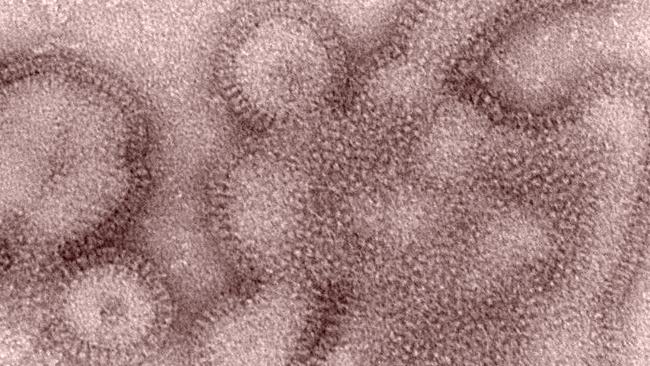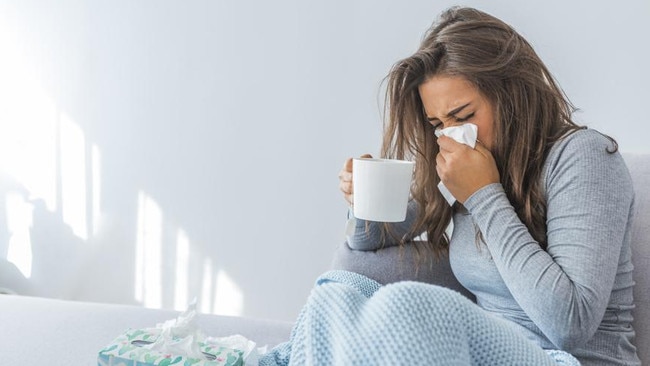Rise in flu numbers fuelled by two influenza A strains that are high in circulation
This year’s flu season is tracking to be one of the worst on record with the peak still over eight weeks off. There have already been up to 40,000 influenza notifications in Australia for 2019 — more than 10,000 were in NSW.
NSW
Don't miss out on the headlines from NSW. Followed categories will be added to My News.
This year’s flu season is tracking to be one of the worst on record with the peak still over eight weeks off.
There have already been up to 40,000 influenza notifications in Australia for 2019 — more than 10,000 of which were recorded in NSW — which researchers say is about three times the number recorded at the same time last year.
The rise is being fuelled by an unusual occurrence where two influenza A strains are in high circulation — usually only one dominates.
“Often it’s only one strain. H3 is the virus most commonly seen but this year both H1 and H3 are surging,” said Professor Robert Booy, an influenza expert from the National Centre for Immunisation Research and Surveillance.

MORE NEWS
Cowboy’s magical escape over assault punishment
Hell and back: Where addicts go to face their demons
Why Harry bucked royal protocols to reveal baby news
NSW Health data shows that of 478 lab-confirmed influenza cases in the week of April 21-27, influenza A strains accounted for over 90 per cent of notifications.
Vaccine production is now in overdrive with a 300 per cent increase by one manufacturer.
Experts are also warning this year’s flu season could be on par with or worse than the horror influenza outbreak in 2017, when a quarter of a million laboratory-confirmed cases were recorded.
“We don’t just think it’s because we’re identifying more either, we think it’s a real increase … that’s why we’re going really hard on vaccination,” senior medical virologist William Rawlinson said.
Professor Rawlinson said he expected up to two million people will be infected with the flu this year and that the virus will peak in July or August.
But only a quarter or fewer will be measured because most people are not tested.
“It’s likely this will be the highest number since 2017 although we’d be very concerned it may be higher because we haven’t seen so much in 2018,” Prof Rawlinson said.

Dr Booy said there had been a “sustained and rising” summer and autumn surge partly triggered by “reduced community immunity”.
Major influenza vaccine supplier Seqirus has increased doses manufactured for the current season by over 300 per cent compared to 2017.
Dr Booy said the number of doses bought by the government this year was “more than ever and they’ve been procured at a faster pace”.
“For example, in NSW which has a third of the Australian population, 1.3 million doses have already distributed in the past five weeks or so to doctors’ surgeries and pharmacies,” he said. The vaccines cover the two influenza A strains currently circulating.


